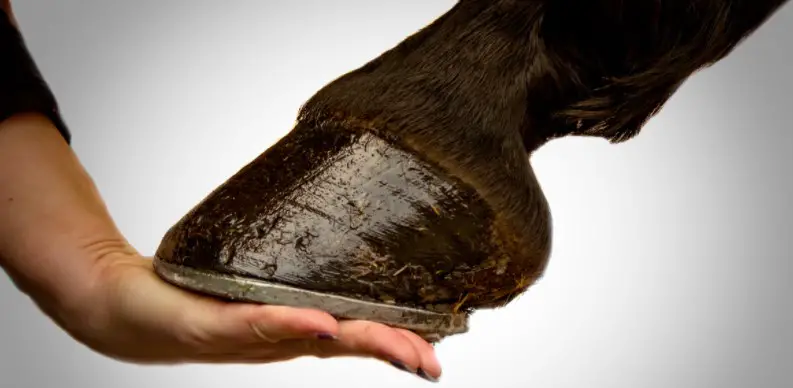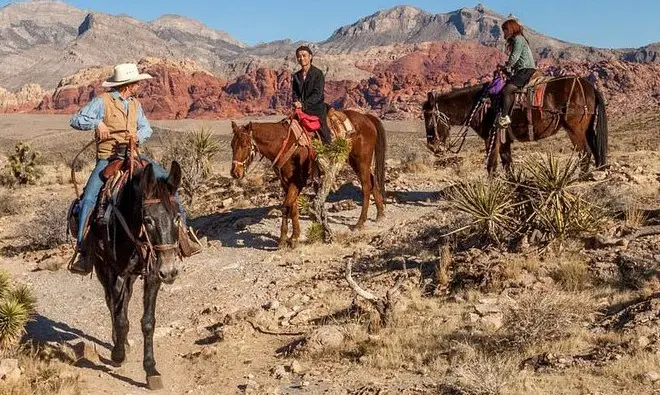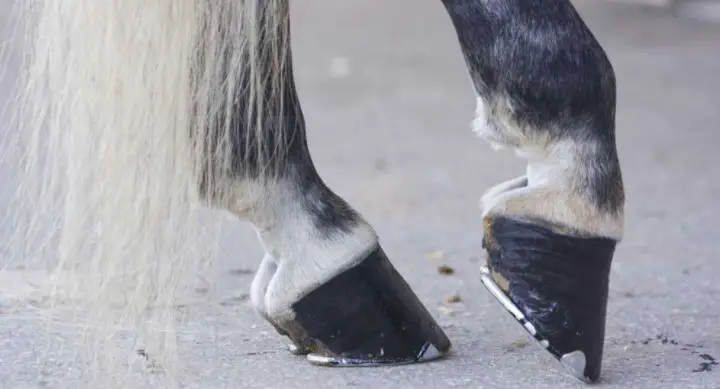Domesticated horses lead very different lives from wild horses, especially in grooming. One of the core care requirements for domestic horses includes regular trips to a farrier. The farrier trims the horses’ hooves and keeps them in good shape.
That is not the case for wild horses. Wild horses trim their hooves in two simple ways, and these do not include a visit to the farrier. In this article, we take a deeper look at how wild horses trim their hooves. Read on to find out what they are.
How Wild Horses Trim Their Hooves
Wild horses (or feral ones, like American mustangs) naturally wear down the growth of their hooves, very different from the methods used for domesticated horses.

1. Extended Exercise
Although wild horses do not need to be groomed like domesticated horses, they somehow still have excellent hoof growth. Domesticated horses are usually taken on trail rides and long walks by their owners, but wild horses engage in more extended periods of exercise. They sometimes have to gallop through different terrains for 20 miles or more to get to their grazing site. This extended form of exercise helps them trim their overgrown hooves, which helps to reduce injuries.
2. Exercising Over Rocky Terrains
Domestic horses live in greater comfort. Their stables usually have cobblestone floors, and their owners spread hay on the ground, so they only have to go over rocky terrains during trail rides.

On the other hand, wild horses have to run through rocky terrains and abrasive paths to get to their food source. Such is the nature of their natural habitat. Going through these kinds of plains helps wild horses trim their hooves effectively. In the long run, this prevents casualties caused by overgrown hooves.
Below, we have outlined two factors that affect the growth of horses’ hooves.
Factors That Affect The Growth Of Horses’ Hooves

Natural Selection
Domestic horses are bred for different characteristics, such as pedigree, which can result in weaker hooves that require constant care.
Horses born with severe faults in their legs or feet are less likely to reproduce. Therefore, conformational flaws that would negatively affect overall survival are weeded from the gene pool over time.
Horses can suffer significantly in the wild if something goes wrong with their hooves, such as an injury or impairment. They may not keep up with the herd, making it difficult to walk to find food, causing an unfortunate outcome.
Over time, wild horses adapt to their living environment, and with stronger hooves, they have a better chance of survival.
Environment
Horses’ environments also affect the growth of their hooves. The distance covered by horses and the kind of plains that horses travel affect the type of hooves they will develop. Wild horses that live in environments with hard ground develop different hoof types from horses that live in environments with softer terrain.
Horses that live on softer terrain have hooves that grow faster than they wear out, resulting in flared hooves that can cause discomfort.
On the other hand, wild horses that live on hard grounds have short and rounded hooves. This hoof type is also called the mustang roll, and it usually wears down around the base, leaving the front of the hoof short and round.
Unlike the flared hooves, the mustang roll is excellent for wild horses as it does not chip or crack easily. The mustang roll also reduces any possible weight that might carry, redirecting it away from the tendons and coffin bones in their leg.
Although horses’ hooves seem sturdy, they can experience associated health problems.
Problems Associated With Horses’ Hooves
Domestic horses are prone to severe laminitis cases due to complications that arise due to improper trimming. The horses have to be put down in such cases since they may become lame and experience severe pain.
These horses tend to have generally weaker hooves than wild horses, resulting from their more conducive environments and extended stay in stables. Unlike wild horses, they cannot travel long distances and need help trimming their hooves.
Although wild horses have naturally healthier hooves, they can still experience problems. It is not uncommon for wild horses to experience health issues such as laminitis, which happens due to the extended time that they spend in their environment. However, through adaptation, they can survive these ailments.
There are some frequently asked questions that you might have about horses’ hooves, and we have answered them in the next section.
Frequently Asked Questions
Q1. Are Wild Horses Dangerous?
Yes, wild horses can be dangerous if they feel threatened. They can be likened to deers and other herbivores roaming freely. Their first instinct is to evade when they feel threatened.
Q2. Does It Hurt When We Trim Horse Hooves?
No, it doesn’t hurt when we trim horses’ hooves because the hoof wall is unresponsive. Horses do not have blood vessels and tissues in their hooves, and their hooves are similar to human fingernails.
The same way you cut your fingernails without pain, horses don’t feel pain when they have their hooves trimmed. Same as your fingernails, horses’ hooves are made of keratin. However, complications may arise if hooves are not trimmed the right way. Some of these complications include flaring, frog atrophy, and inflamed joints.
In a worst-case scenario, laminitis might occur, and the horse would have to be put down.
Q3. What Are the Functions of Horse Hooves?
Although horse hooves are made of keratin that can be easily trimmed off, they play an important protective role. Horse hooves protect the pedal bones in the lowest part of a horse’s legs. Their primary function is to protect these bones from the impact of shock whenever they are in motion.
Q4. Does Diet Have a Direct Effect on the Growth of Horse Hooves?
Yes, the diet plan you feed your horse directly affects how their hooves grow.
Domesticated horses eat more supplements and additives than wild horses, making their hooves grow faster. The rapid growth increases the visits that are paid to the farrier.
Wild horses, on the other hand, eat mostly grass and water. Their meal plan is more natural, which helps to keep their hooves in good growing condition. Their diet, coupled with the distance they run to get food, keeps the growth of their hooves to the minimum.
Q5. Do Wild Horses Need Horseshoes?
No, wild horses do not need horseshoes. Apart from the fact that there are no humans to attach them, horseshoes are unnecessary for wild horses.
However, domesticated horses need horseshoes for protective purposes. Horseshoes prevent the weight of their owners from bearing down on their hooves. So, the weight of their owners would be on the horseshoes, preventing the risk of a broken leg.
Q6. Do Wild Horses Need Humans to Trim Their Hooves?
No, wild horses do not need humans to trim their hooves. The activities they engage in and the nature of their habitat do that for them.
Humans only trim the hooves of domesticated horses and horses that do not spend much time outdoors, which need more attention to their hooves.
Conclusion
Unlike domesticated horses, which receive proper grooming and care, wild horses trim their hooves themselves.
Wild horses trim their hooves by stomping around on gravelled planes and hard surfaces, and their hoof health is supported by the kind of lifestyle they live in their natural habitat.
